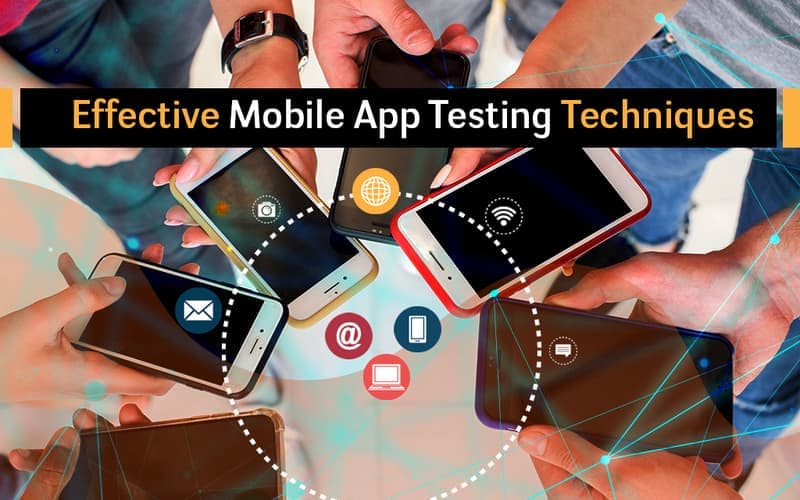
Essential Mobile App Testing Techniques for a Perfect App
Imagining our lives without mobile applications for shopping, ordering food, making immediate transactions, etc., is impossible in this day and age. But to provide an application that is able to deliver a quality user experience (UX), availing mobile application testing services has become a sine qua non for organisations. Mobile application testing, not just ensures an impeccable UX but is also essential for seamless performance of the mobile application. The need for mobile application testing, thus, helps in ascertaining the application’s accessibility across platforms and devices with end-to-end test coverage. Areas of functionality, usability, performance, security, etc., come to the picture as well, while looking at the exigency for mobile application testing today, and a broader test strategy as a whole.
For ensuring comprehensive test coverage, there are a number of aspects that need to be considered while going forward with a test strategy.
Here are some of the essential types of mobile app testing:
- Type of device: A major area to be considered is of the type of device that the testing needs to be performed on, be it Android, iOS, etc. This ensures an efficacious performance of the mobile application across different operating systems and is scalable.
- Real devices or simulators: The dilemma that looms over while planning a test coverage for mobile applications, comes in the form of going ahead with real devices or with simulators. There are both pros and cons attached to this, thus, making an informed decision according to a mobile application, needs to be considered.
- Network: This plays an important role, considering that people use their devices in a varied manner across varied locations wherein the network environment can pose a hurdle. This also helps in determining whether to go in for different types of testing or not, such as cloud-based app testing.
- Manual or Automation testing: While automation testing provides an effective standpoint via its ease of using tools for a test strategy, manual testing is equally significant for eliminating bugs that aren’t identified or covered via automation testing. However, an amalgamated approach always comes in handy while performing mobile application testing to fix maximum bugs.
- Security testing: With the rising number of crimes in cyberspace, availing security testing services has become a necessity. As numerous mobile applications serve as payment gateways, the risk of putting one’s confidential information on a platform might exacerbate if not secured. For this, performing end-to-end security testing seems the best option to eliminate any vulnerabilities present.
- Performance testing: An application’s excellence lies in the very essence of its performance capabilities. This includes the time that the application takes to launch, its functionality across different battery conditions, network environment, etc.
These testing techniques are not an exhaustive set because there are always newer ways in the domain that come in as latest trends to help build a better and an exemplary app.
Thus, for building the perfect mobile application, a seamless test coverage and strategy needs to be taken into sheer consideration. Today, with the pandemic at large, the due of mobile applications has soared tremendously. Everything that has been shifted to the virtual arena, mobile applications serve as the saviours, be it for food delivery, purchasing groceries, connecting with friends and family, etc. For developers as well as testers, the main goal of delivering a perfect application has concretised much more today. In the quest of building not just loyal customers and expanding their target audience, the main aim of companies today too, lies in delivering the best UX to consumers worldwide by utilising mobile app testing services. Thus, the indispensable techniques of testing a mobile app become pre-eminent in delivering a quality and ideal application to users.






